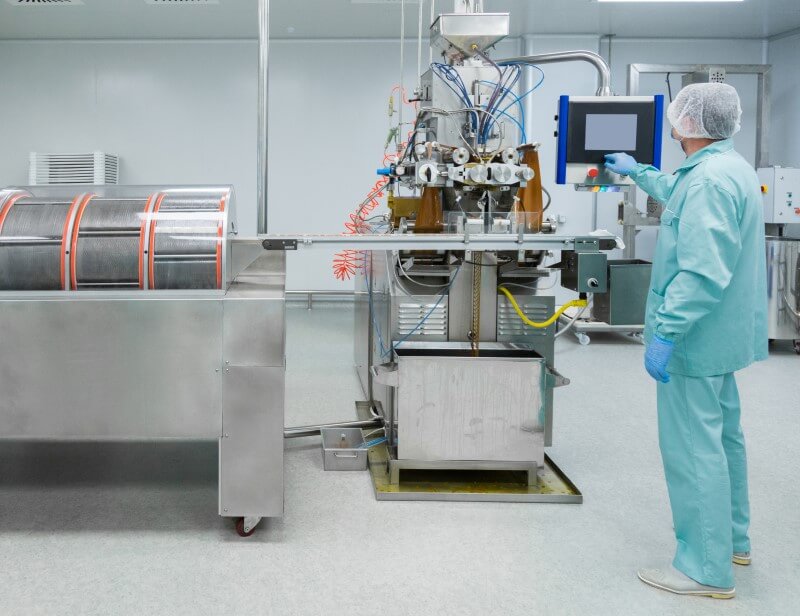Green Practice in Commercial Kitchen

The foodservice industry is changing and sustainability is at the forefront of this change. From energy saving kitchen appliances to waste reduction strategies, restaurants, hotels and catering businesses are going green to reduce their footprint.
Investing in eco-friendly commercial kitchen equipment helps the planet and reduces costs and boosts your brand. If you want to go green in your kitchen this guide will show you how to implement green practices and what to buy.
Why Going Green in Commercial Kitchens Matters
Commercial kitchens use a lot of energy, water and raw materials making them one of the biggest contributors to waste and carbon emissions. Going green can help:
- Lower energy bills: Energy saving appliances use less power = lower electricity costs.
- Less water consumption: Smart dishwashers and low flow faucets save water.
- Less food waste: Better storage and waste management systems keep ingredients fresher for longer.
- A cleaner environment: Cleaner air and reduced emissions = better workplace.
- Better brand: Customers like eco-friendly businesses and support green initiatives.
Go green with energy saving commercial kitchen equipment and reduce your carbon footprint.
Eco-Friendly Green Practices of Commercial Spaces
Some eco-friendly green practice of commercial spaces adds significant amount of worth of sustainability. Some of the green practices as following
-
Energy-Efficient Ovens and Stoves
Traditional ovens and stoves guzzle energy. Energy Star certified ones can save up to 20-30%.
- Convection ovens have fans that circulate heat, cooks food faster and uses less energy.
- Induction cooktops is more efficient than gas stoves, only generates heat when a pan is present.
- Combi ovens combines steam and convection cooking, reduces energy and water consumption.
-
Smart Refrigeration Systems
Refrigeration accounts for 40% of a commercial kitchen’s energy use. Upgrade to an eco-friendly refrigeration unit and save energy and extend food shelf life.
- Smart temperature controls adjusts cooling based on usage patterns.
- LED lighting inside refrigerators uses less energy than traditional bulbs.
- High-efficiency insulation reduces temperature fluctuations, keeps food fresher longer.
-
Water-Saving Dishwashers and Faucets
Conventional dishwashers and sinks wastes thousands of gallons of water every year. To minimize water waste, businesses are:
- Low-flow pre-rinse spray valves, saves up to 50% water.
- Energy-efficient dishwashers with shorter cycles and lower water consumption.
- Sensor-based faucets, that automatically stops water flow when not in use.
-
Eco-Friendly Ventilation and HVAC Systems
A poorly maintained kitchen ventilation system wastes energy and increases utility bills. Green ventilation solutions:
- Demand-controlled ventilation, that adjusts airflow based on kitchen activity.
- Heat recovery systems, that reuses exhaust heat to preheat incoming air.
- Energy-efficient exhaust hoods, reduces electricity consumption while maintaining air quality.
-
Waste Management and Composting Solutions
Food waste is a big problem in commercial kitchens. Installing waste reduction systems saves cost and minimizes landfill contribution.
- Composting machines turns food scraps into compost.
- Dehydrators reduces food waste volume by up to 90%.
- Smart inventory systems tracks food expiration dates, reduces spoilage.
How Green Kitchens Benefits Business Owners
Going green with kitchen equipment isn’t just about saving the planet – it’s also a smart business decision. Here’s how:
- Lower operational cost – Uses less energy and water means lower utility bills.
- More efficient – Smart equipment optimizes kitchen workflow, saves time and labor.
- More customer appeal – Eco-conscious diners are more likely to support green restaurants.
- Government incentives – Many countries offers tax breaks and rebates for businesses that installs energy-efficient equipment.
Going green is a win-win for business owners and the environment.
How to Make Your Commercial Kitchen Green
Want to go green but don’t know where to start? Follow these simple steps:
- Upgrade to Energy Star certified appliances to reduce electricity and water consumption.
- Implement food waste reduction program to reduce discarded ingredients.
- Use biodegradable packaging for takeout and delivery.
- Educate staff on green kitchen practices, turn off appliances when not in use.
- Partner with local suppliers to source fresh, seasonal and green ingredients.
- Every little bit counts.
The future of foodservice is green, and commercial kitchens must adapt to sustainable practices to stay competitive. Investing in eco-friendly commercial kitchen equipment not only reduces environmental impact but also improves efficiency, lowers costs, and enhances brand reputation.
Ready to make your commercial kitchen more sustainable? Start by upgrading to energy-efficient appliances, reducing waste, and adopting smart technology for a greener, more profitable future!
